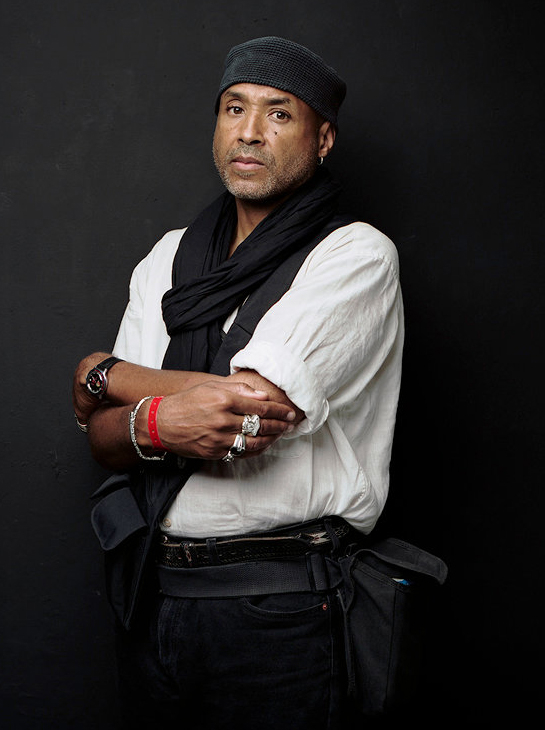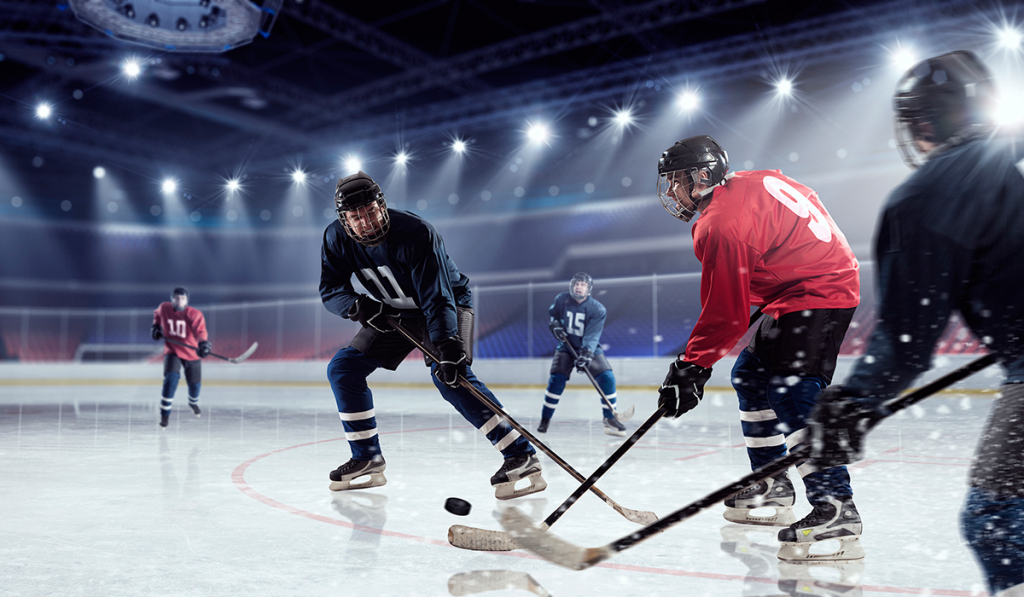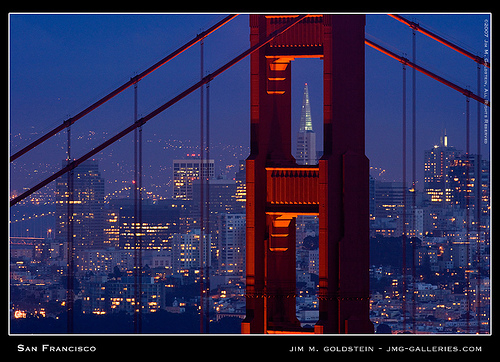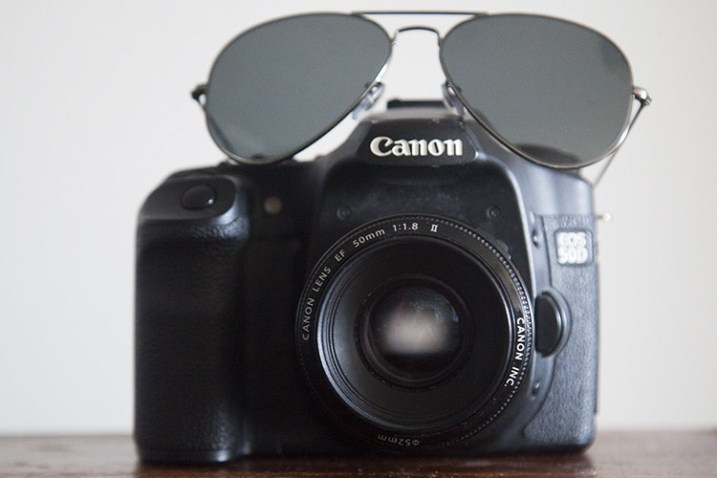NATURAL LIGHT: HOW TO USE WHAT GIVES US TO THE SUN
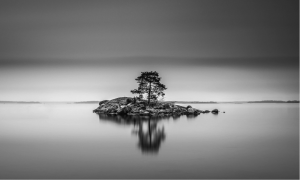 NATURAL LIGHT: HOW TO USE WHAT GIVES US TO THE SUN
NATURAL LIGHT: HOW TO USE WHAT GIVES US TO THE SUN
If you are just starting to work in the world of photography and cannot afford modern lighting fixtures for now, natural light will become your best friend. In addition, to become an advanced and professional photographer, it is very important to initially understand how best to work with the sun in order to create beautiful photos using only sunlight.
The most important thing to understand when using natural light is that a lot depends on the time of day during shooting. The temperature of the light and its intensity differ depending on the hour when photographing takes place, which can significantly affect the whole work. If you are looking for a soft and pleasant light that emphasizes the colors of landscapes or individual objects of shooting, the best time for you is at sunrise or sunset. This is usually considered the best time for filming, because the sun is low in the sky, which can create spectacular lighting (everyone’s favorite golden hour).
If you are looking for strong and sharp shadows, a contrast image, you need to consider shooting in broad daylight. And, nevertheless, this light may be too intense, therefore in the arsenal of the photographer there must be a light disk to soften unwanted shadows, especially when it comes to portrait photography.
The third version of the shooting – during the “blue hour”. This is a special time of day immediately after sunset or just before its sunrise. At this time of day, the sun is right above the horizon and still provides illumination of the picture, although it is already much softer. These soft color tones can give a new look to the landscape.
Objects in your landscape with interesting and unique shapes can create powerful shadows. Use for this purpose everything that is nearby. This can work especially well when shooting black and white landscape photography. The contrast that the shadows provide adds depth to the picture and creates interest. If you need the most dramatic shadows in the picture, the best time of the day for such a shooting is noon, because then the contrast between light and shadows is the highest.
When working with the sun as the only source of light, it is important to decide whether you want to shoot directly in the sun or use the sun to highlight your subject in a photo. The sun can shine directly on the subject, which can create a bright and warm look (again, depending on the time of day when you are shooting).
If you decide to shoot directly in the light, be prepared that your object in the image will have sharp shadows or a brightly saturated silhouette when shooting in contre-rie.
The most popular and well-run way of shooting in the same landscape photography, for example, side lighting. In this case, beautiful dramatic shadows are obtained, as well as colors and precise detailing are well conveyed.
For some reason, it is believed that in rainy, overcast or windy weather it is undesirable to shoot a landscape. A rather erroneous mistake! This time can give the most impressive photos! Although there will not be much sunlight to help you with the lighting, the overcast weather will help you get the effects you need to add a mystical atmosphere to the frame.
Take advantage of fog, shadows and clouds to get layered and, accordingly, a certain depth in the landscape, which in other conditions would look simple and flat. Clouds can act as a natural soft box that helps dispel lighting in conditions with strong lighting. Although the colors of the landscape will differ in full sunlight, they still remain the same rich when the sun shines through the clouds in cloudy weather.
In landscape photography, under classical conditions, sometimes the only source of light is the natural light provided to you from the sun. Learn to use it one hundred percent so that there are no secrets and mysteries left and you can always make the very excellent photo.
A few tips on how to properly photograph in the rain, or bad weather is not a wedding hindrance!
This is what happens in the life of a photographer! It is necessary, at times, to photograph in the rain. If you exclude the personal desire to replenish your portfolio with nostalgic pictures with water droplets, and the hunt becomes more difficult than ever, when you do not scare around ubiquitous sputum and the absence of little comfort, then you need to take pictures in a wet, damp.
